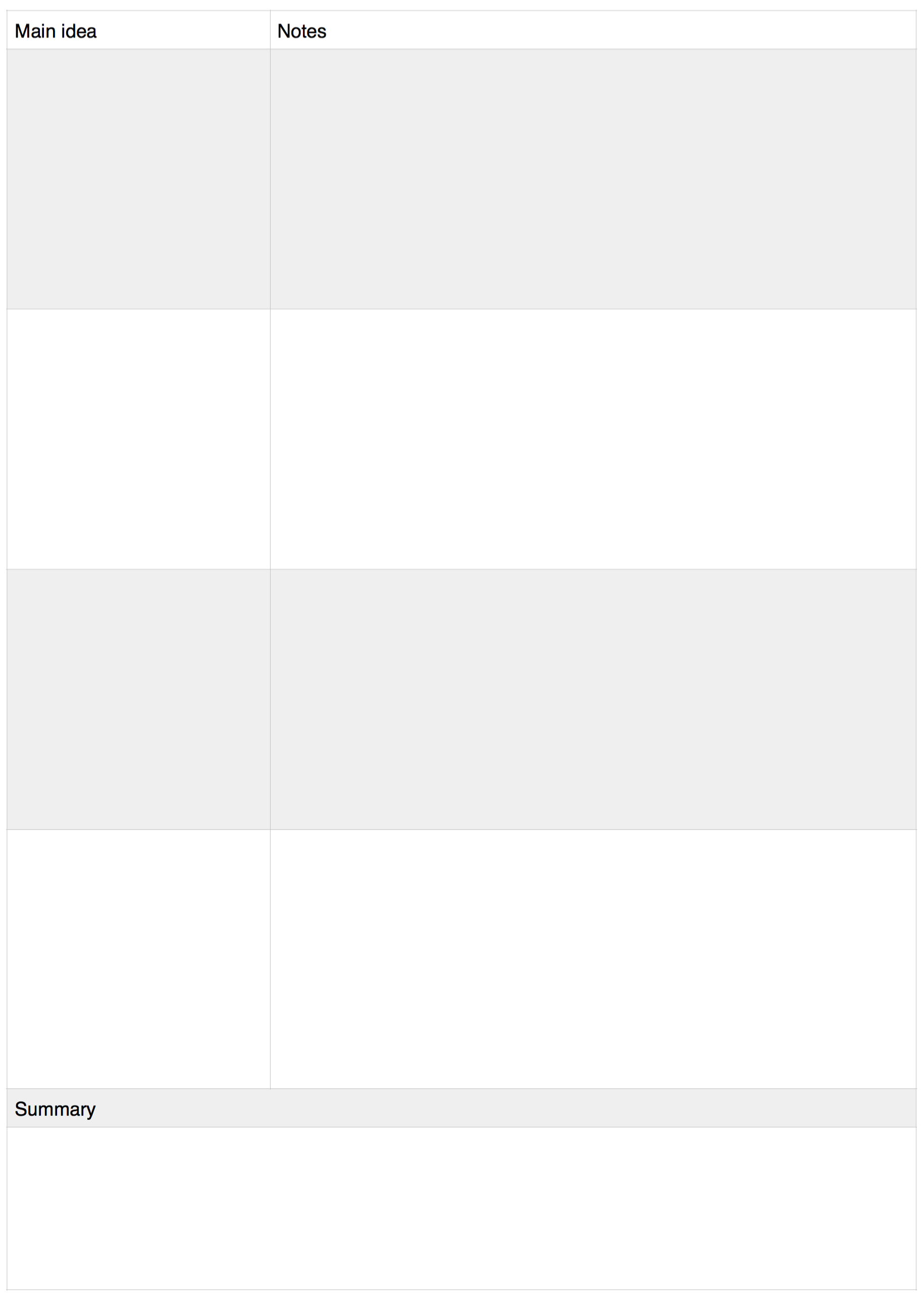Taking good notes is an important skill. Many students agree but few know how to.
I will list down a method to help you along including the technique I recommend my students.
But first let me shed some light as to why taking good notes is important.
Why is taking good notes important?
A lot of students don’t realize that this is a great learning opportunity!
The act of taking good notes immediately kick starts the learning process. This reduces subsequent efforts for exam preparations.
Unfortunately many students think that learning occurs after note taking rather than during.
So what happens is they basically switch off the effort in trying to understand the concepts in class. And instead, focus on putting down as many words to paper as possible.
Since there is no effort in processing the learning outcomes, the student starts from scratch afterwards. It takes an immense effort to get back onto track.
This creates lots of angst and procrastination starts.
Which subsequently becomes a choke point, because future classes depend on ability to master the previous classes concepts.
As a result, the effort balloons as one progresses through the academic year in this manner.
Method for taking good notes
I suggest using the Cornell note taking method.
This method asks students to divide up the notes into 3 sections. Main points on the left. Elaboration for the main points on the corresponding right column. A summary section at the bottom. Let me show you the format my students get from me:

The idea is that students identify important points during the class to fill the left column.
And then decide what elaborations to correspond on the right.
Finally, a summary row is completed within the final minutes of the class, stringing together all the main points.
Why the Cornell method for taking good notes works
There is a lot of processing during note taking.
Students have to identify the main points, decide which information illustrate the main points. Where these info starts and ends before the next main point.
And making sense of the entire class, one has to string together the main points.
These are all actions of active learning. And it is therefore not difficult to conclude a student has a fruitful time in class.
Not only that, there is no further need to reorganize the notes afterwards. An activity that does not contribute to any learning but consumes much time.
How to take it up a notch
To further make it more effective, I ask my students to imagine a friend in school who is very weak in the subject.
Then imagine teaching this friend in simple words what is covered after writing down those points.
This makes the learning even more active as students have to take the role of teaching.
There’s a lot of things happening in my classes leaving my students mentally exhausted but happily engaged.
Taking good notes: bottomline
To make it even more useful, you can download the file with the format here.
And you can print and use it straightaway for your own classes back in school.
I hope this will help kick start your learning effectiveness on your way to improving your grades.
Finally, tell me if this has been useful.
Strategies for being a better student sitemap:
Study excellence
Developing grit = success
Morning routine for A students
How to take good notes in class
Sleeping your way to optimal learning
Study productivity and diffuse learning
Foods that boost learning or exam prep
Positive thinking can help improve grades
10 tips for busy students to get more time
Handphone use in classrooms: how it works against learning
Exam Strategies
The exam diet
Boost A level performance
Goal setting for exam success
Solution to exam-taking anxiety
Spaced repetitions and exam success
How to remember everything for exams
Find motivation during exam preparation
#1 problem in biology exam | 3 tips to do well